Things to do in Palermo, Italy
Italy has been sitting on my bucketlist for a while now. Those who know me won’t be surprised by that. My love of pasta and cheese, despite the fact that I’m lactose intolerant, is epic. As I sat shivering in the cold, Belgium winter, I decided it was about time to cross that country of my bucketlist. Enter Palermo, an enchanting coastal gem and the vibrant capital of Sicily. I knew absolutely nothing about this city except that the weather was nice and Ryanair had cheap flights, and let’s be honest, that’s all I need. After spending five weeks in the city I got to know the place pretty well, and here is my ultimate guide to things to do in Palermo, Italy.
Where is Palermo located in Italy?
Palermo is situated on the northwestern coast of the island of Sicily, which is the largest island in the Mediterranean Sea. Sicily itself is an autonomous region of Italy, located just off the "toe" of the Italian "boot." If you grew up in Europe and had some kind of geography lessons, you’ll probably remember the handy trick that Italy is in the shape of a big boot kicking a ball. Sicily is the island that represents the ball. Sicily is separated from the Italian mainland by the Strait of Messina, which is a narrow stretch of water that connects the Tyrrhenian Sea to the Ionian Sea. The distance between Palermo and the mainland is around 205 kilometers (127 miles) at the closest point.
Palermo holds a special place as the vibrant and culturally rich capital city of Sicily. As the largest city on the island, it serves as its economic, political, and cultural hub. Palermo's historical significance can be traced back to ancient times, with a diverse heritage influenced by various civilizations, from Phoenicians and Greeks to Romans, Arabs, and Normans. Today, it remains a captivating destination, offering a fascinating blend of ancient landmarks, bustling markets, and a dynamic contemporary scene, all while encapsulating the essence of Sicilian life and traditions.
How to get to Palermo?
To reach the city of Palermo, Sicily, travelers have several convenient options. The main gateway is the Falcone-Borsellino Airport, about 35 kilometers north-west of Palermo's city center. This international airport offers frequent flights from major European cities and beyond, making it easily accessible for international visitors. The best part? There is a direct train connection called Trinacria Express from the airport to the city center for only €5,90 one-way. Just follow the signs to the train station and that’s where you can buy tickets at the machines or ticket booth.
Are you already in Italy or not coming in by plane? For those exploring other parts of Italy or Europe, there are regular train connections from major Italian cities, including Rome and Naples, to Palermo's central railway station. The city is also well-connected by ferry services, providing a scenic and enjoyable option for travelers arriving from the mainland or nearby Mediterranean islands.
EAT EAT EAT
For those who have seen or read Eat, Pray, Love, you know what I mean. Italy is known for its amazing food culture, and Palermo is no exception. Pasta. Pizza. Seafood. Cannoli. A Palermo specialty is arancini, a deep-fried rice ball with stuffings like ragù, mozzarella, or spinach.
The food culture of Palermo is a delightful reflection of Sicily's diverse culinary heritage. Influenced by various civilizations that have ruled the island throughout history, Palermo's cuisine is a fusion of Mediterranean flavors, showcasing an array of fresh ingredients and traditional recipes. Street food plays a significant role in the city's gastronomic scene, with popular delights like arancini. Panelle, chickpea fritters, and sfincione, a mouthwatering Sicilian pizza, are other street food favorites.
Palermo's proximity to the sea ensures a bounty of seafood dishes, such as pasta con le sarde (pasta with sardines), highlighting the island's love for combining sweet and savory flavors. Additionally, the city is renowned for its pastries, with cannoli stealing the spotlight, filled with sweet ricotta cheese and garnished with candied fruit or chocolate chips. The food culture of Palermo is a celebration of tradition and innovation, inviting visitors to indulge in a tantalizing culinary journey through the heart of Sicily.
Looking to save a few bucks? Every supermarket, tiny little hole in the wall, or one of the local markets has a range of fresh pastas and cheese. So much cheese. Like, literally enormous wheels of cheese in the middle of the store. Italians are also big meat-eaters, and pretty much any store will have a wide selection of deli meats for a charcuterie board.
Discover the historic city center
The best way to get your first impression of Palermo? Walk the length of Via Vittorio Emanuele, starting at Porta Nuova and ending Porta Felice with your first glimpse of the Tyrrhenian Sea. Via Vittorio Emanuele is car-free and therefore excellent for walking, but also quite touristry.
The first thing you see is Porta Nuova, one of Palermo’s city gates. The Porta Nuova was built in 1583 by order of the Spanish viceroy Marcantonio Colonna in honor of the visit of Emperor Charles V to Palermo in 1535. As you walk through this city gate, you get your first glimpse of Villa Bonanno, Palermo’s biggest city park with towering palm trees, and Palazzo dei Normanni, the Royal Palace of Palermo.
As you continue walking along Via Vittorio Emanuele, you come across Palermo’s most famous postcard view: Cattedrale di Palermo. The Cattedrale di Palermo, also known as Palermo Cathedral, is a stunning architectural masterpiece located in the heart of Palermo, Sicily. Its construction began in 1185 and continued over several centuries, resulting in a unique blend of architectural styles, including Norman, Gothic, Baroque, and Neoclassical. The cathedral's exterior boasts intricate details and ornate decorations, while the interior features exquisite mosaics, majestic columns, and impressive artwork. One of the cathedral's major highlights is the royal tombs, including those of Roger II and other significant figures from Sicily's history. The Cattedrale di Palermo stands as a symbol of the city's rich cultural heritage and religious significance, drawing visitors from around the world to admire its grandeur and historical significance. You can watch the cathedral from the outside for free or get a ticket for a tour of its interior.
The famous Fontana Pretoria is about halfway through the walk. This fountain is not directly on Via Vittorio Emanuele, so it’s easy to miss. You must be right in front of the fountain to get a glimpse from the street, but you’ll see many tourists turning to a side street and taking the stairs to the fountain. Right behind the famous fountain is the Church of San Cataldo, another historical landmark of Palermo.
As you walk the last part of Via Vittorio Emanuele, you’ll notice more and more restaurants. If you’re looking for a place to eat, you must branch out into Via Roma. Further down the road, you get your first glimpse of the waterfront. Palermo’s marina is on your left and the quay is on your right. Palermo does have a beach, but that is much farther to your right, about 2 kilometers. The quay has a football field, a playground, and a public park. There isn’t a lot of shade, though, so it can become quite hot during the summer.
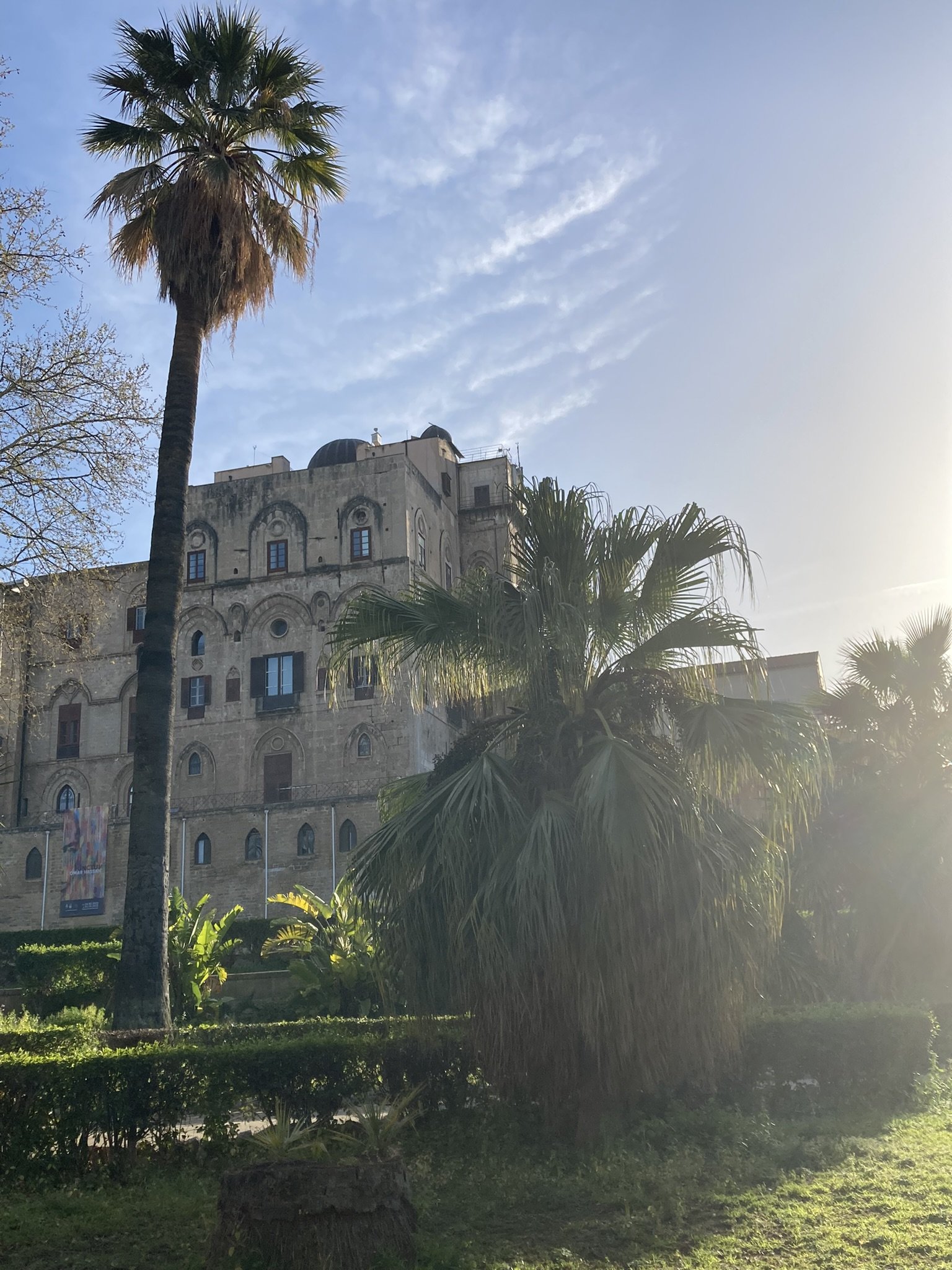
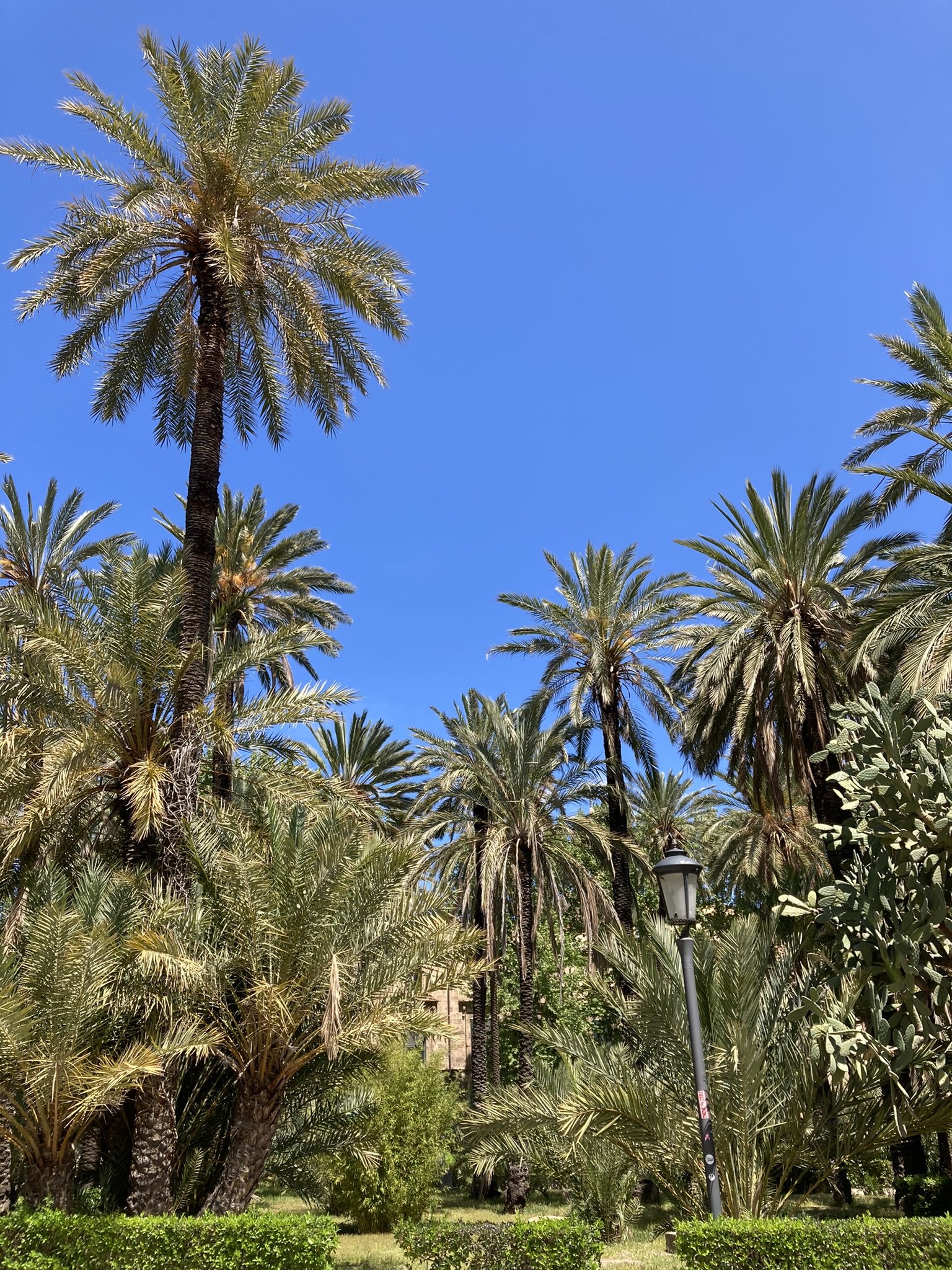
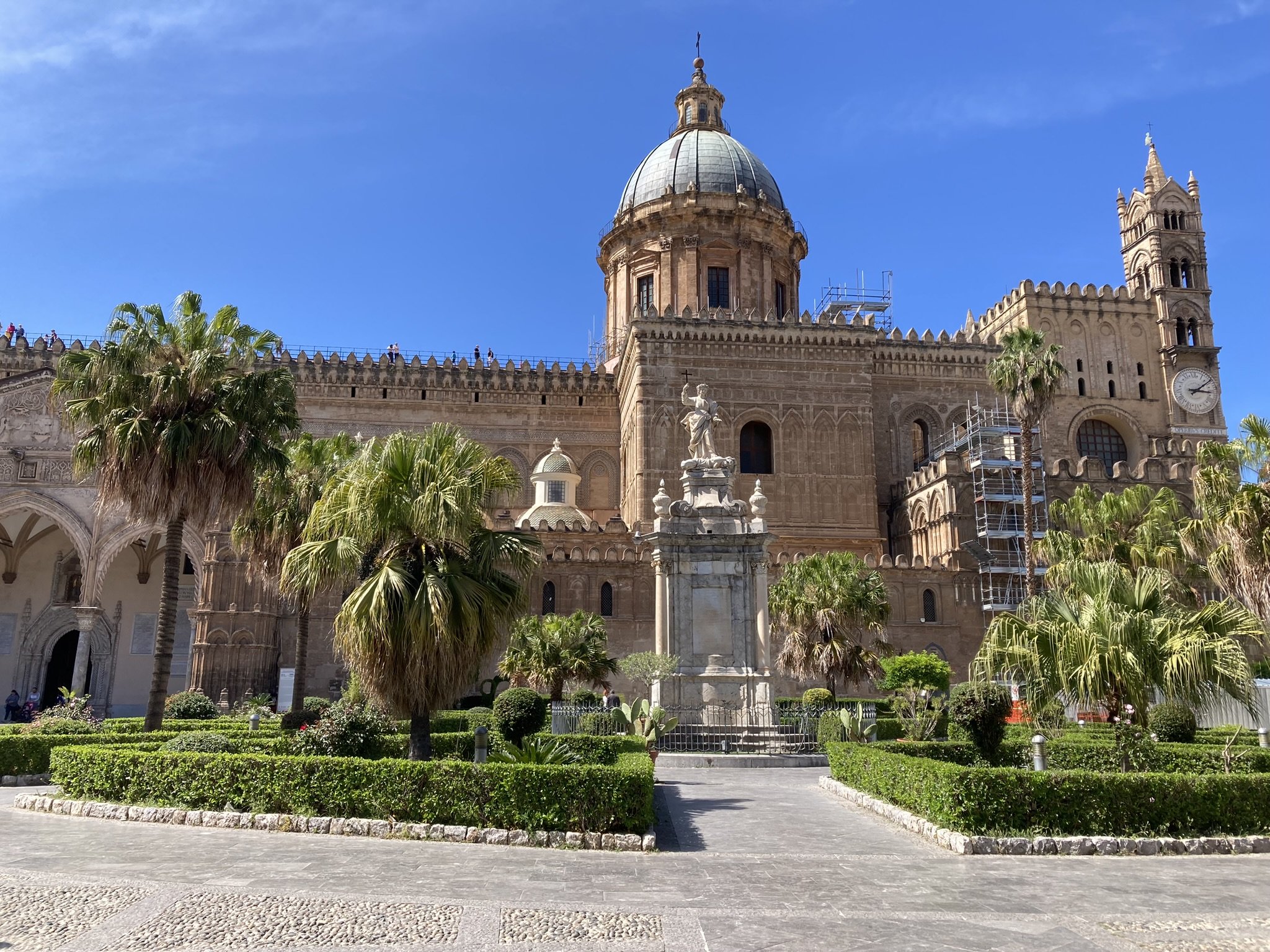
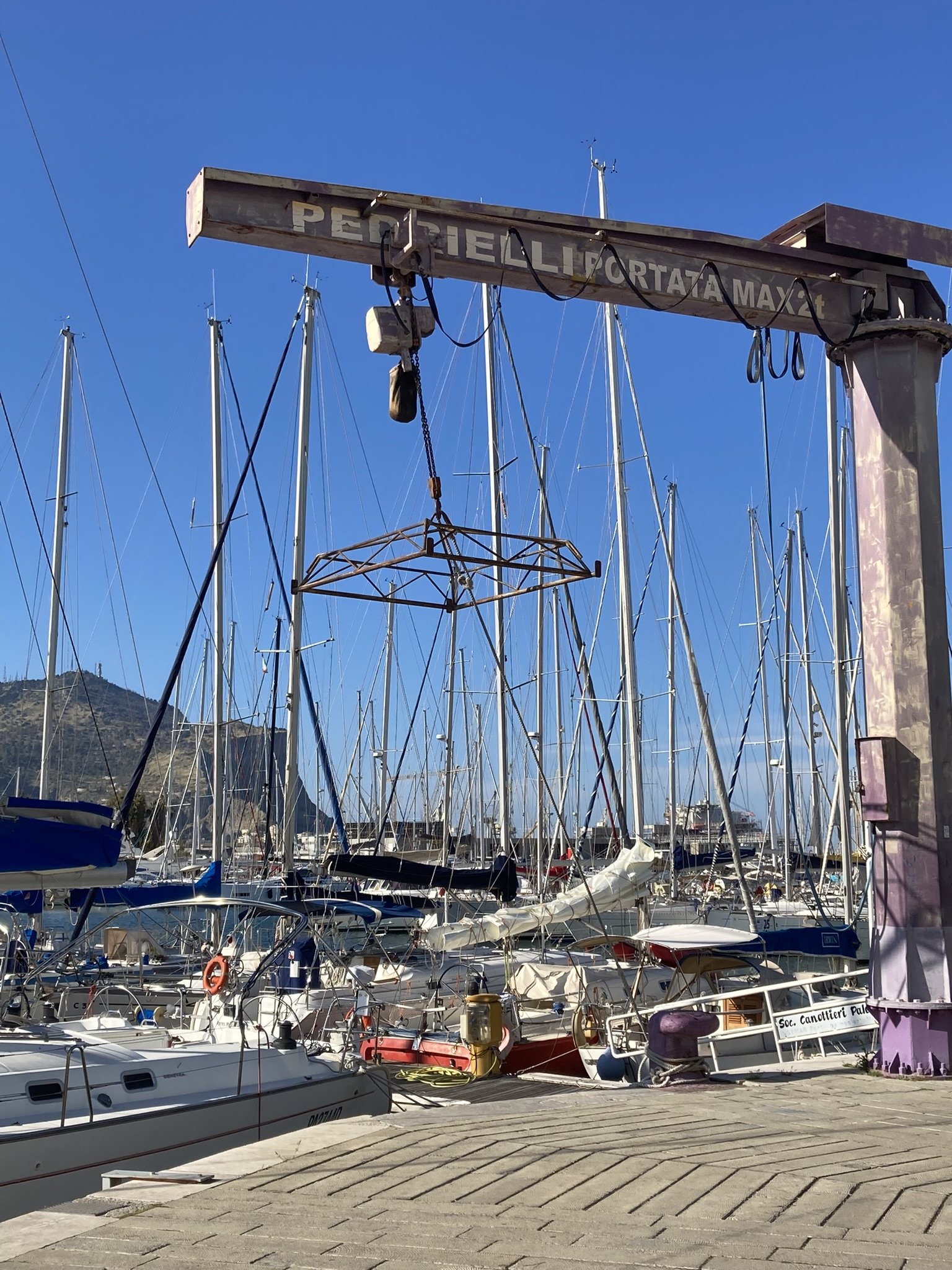

Get lost in those Italian side streets and back alleys
My favorite activity? Just start walking and see where you’ll end up. I promise you, every little street has something new to offer, whether it be a tiny shop selling the most amazing Limoncello, a charming church, or simply those typical clotheslines hanging above the narrow streets. I especially recommend you do this at the historic city center.

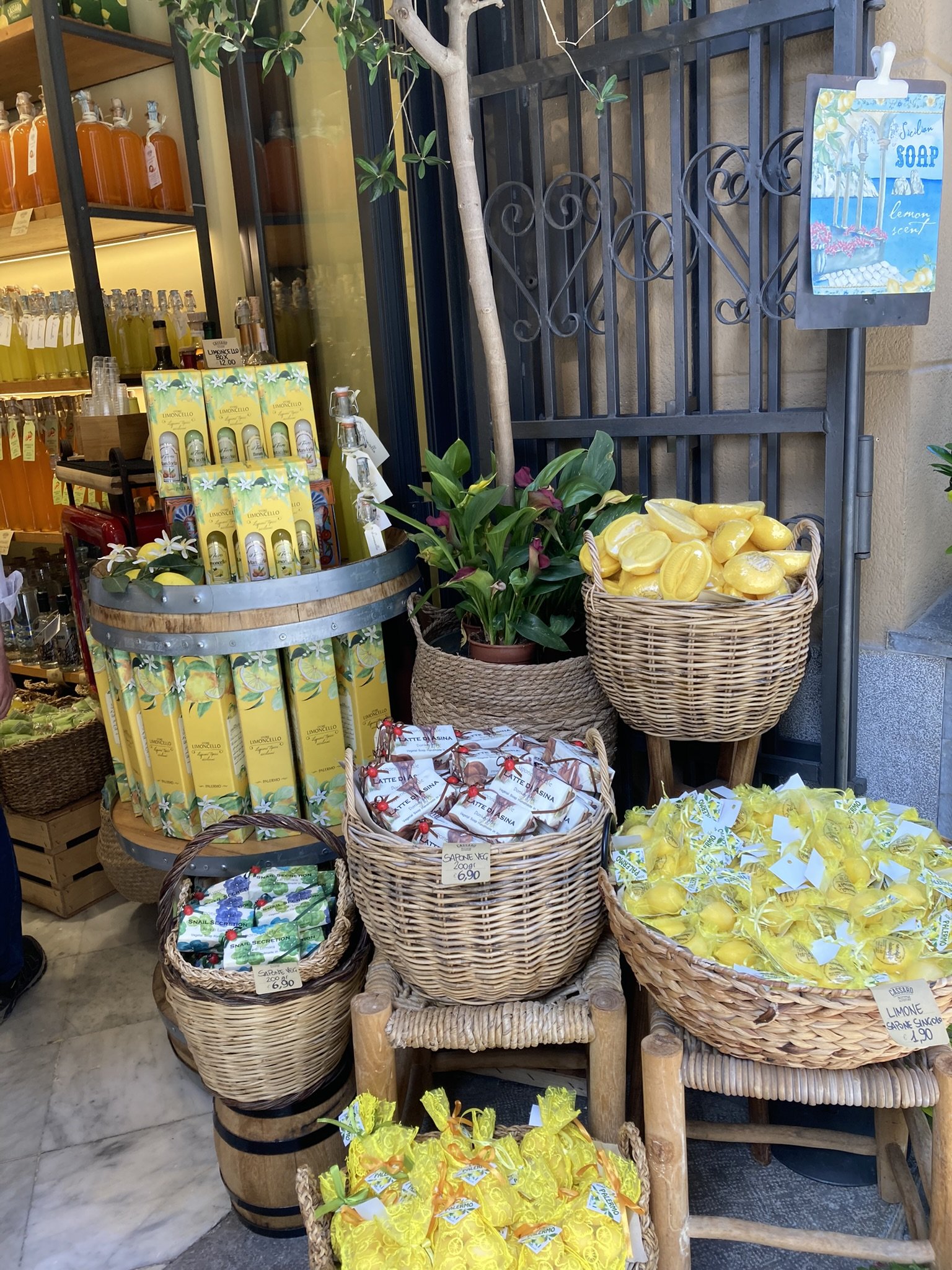
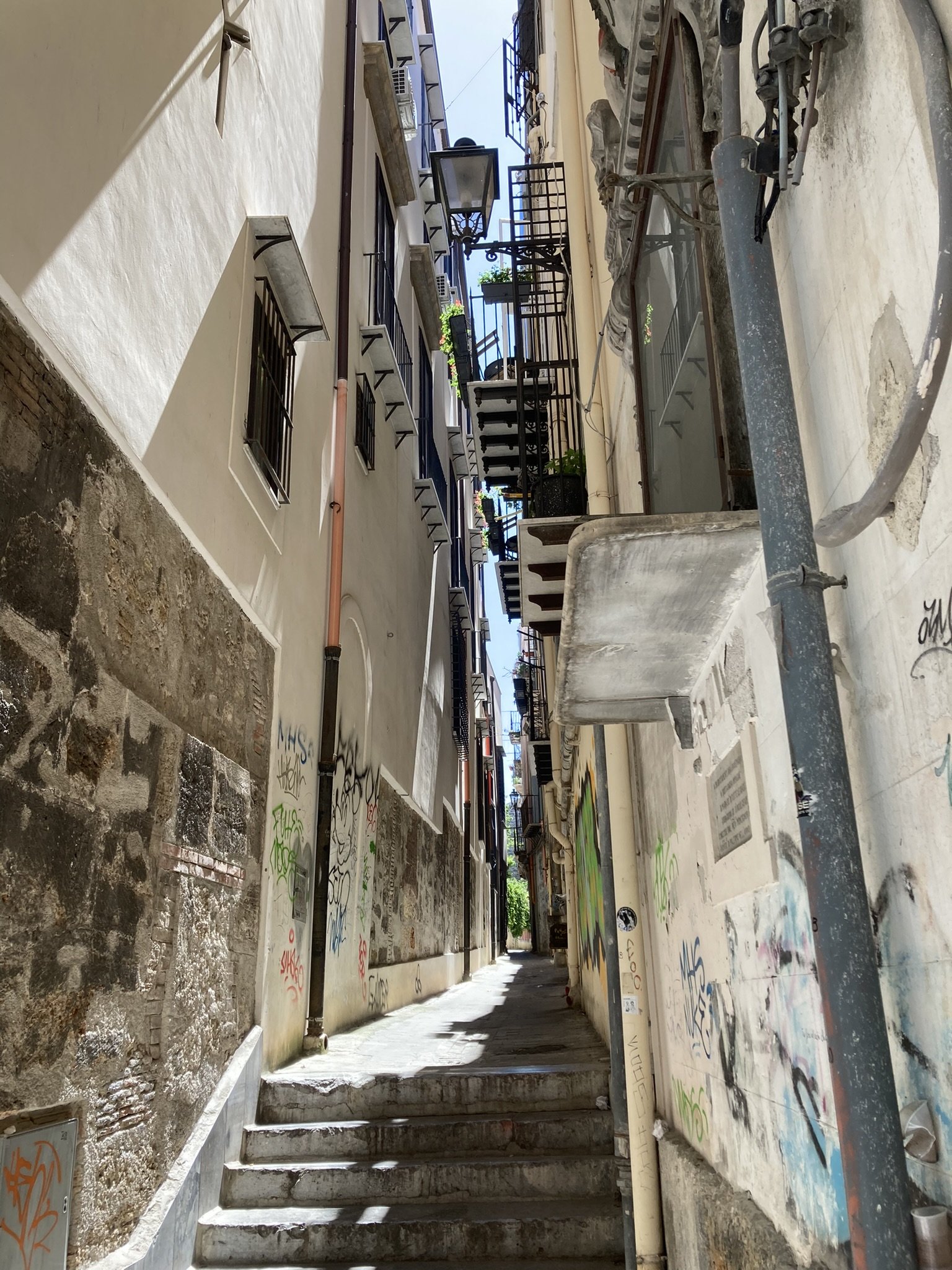
Explore the Catacombs of the Capuchins
Exploring the Catacombs of the Capuchins in Palermo is a fascinating and somewhat eerie journey into Palermo’s macabre history. This unique underground burial site dates back to the 16th century and holds the remains of thousands of Capuchin friars, nobles, and other notable individuals. As visitors descend into the catacombs, they are met with rows of mummified bodies, perfectly preserved through a natural process, some still dressed in their original attire. The dimly lit corridors add to the eerie atmosphere, yet the experience offers a rare glimpse into Palermo's past and the city's reverence for its departed. While it may be a haunting experience for some, the Catacombs of the Capuchins provide an unforgettable opportunity to gain insight into the burial customs and historical practices of Palermo.
Visit the Regional Archaeological Museum
Can’t get enough of Palermo’s history? Then I got another gem for you. Palermo's Regional Archaeological Museum is a treasure trove of Sicily's ancient past, offering an enriching experience for history enthusiasts and curious travelers alike. Located in the heart of the city, this impressive museum showcases an extensive collection of artifacts and archaeological finds, spanning various periods, from prehistoric times to the Hellenistic and Roman eras. Visitors can admire intricate Greek and Roman sculptures, beautiful mosaics, ancient pottery, and an array of historical relics that provide valuable insights into the island's diverse cultural heritage. The museum's well-curated exhibits, along with informative displays and multimedia presentations, bring Sicily's history to life, making it a must-visit destination for those seeking a deeper understanding of the island's rich past.
Go browsing through Palermo's most famous markets
In need of an authentic Italian experience? Try one of Palermo’s historic markets. You can find multiple markets in the city, but Ballarò, Vucciria, and Capo are the most famous when it comes to charm and popularity with both the locals and tourists. You can find anything from souvenirs to food to art.
Ballarò Market, one of the oldest in Palermo, teems with life as its narrow streets fill with colorful stalls selling a variety of fresh fruits, vegetables, meats, and spices. Amidst the hustle and bustle, food vendors tempt passersby with delectable street food like arancini and panelle, enticing them to savor the flavors of Sicily on the go.
Vucciria Market, situated in the heart of the historic district, is a lively hub of activity. Once a chaotic night market, Vucciria has evolved into a popular daytime destination, but its energetic spirit remains intact. Here, visitors can immerse themselves in the diverse range of products, from seafood and local produce to clothing and handicrafts. Alongside the market's vibrant stalls, the surrounding streets are lined with bars and eateries, where patrons can indulge in authentic Sicilian delicacies.
Capo Market, located near Palermo's Cathedral, boasts a unique blend of tradition and innovation. While traditional food stalls offer an assortment of fresh ingredients and local specialties, the market has embraced a more contemporary feel with the addition of diverse vendors selling international goods and clothing. Exploring Capo Market is an enchanting journey through Palermo's past and present, where old-world charm meets modern influences, providing a delightful experience for all who wander its bustling alleys.
These three markets – Ballarò, Vucciria, and Capo – are not only places to shop for fresh produce and local products but also cultural landmarks that showcase Palermo's culinary traditions and its vibrant soul. Visitors can truly feel the heartbeat of the city as they interact with the friendly vendors, taste the flavors of Sicily, and witness the colorful tapestry of life that defines these bustling markets.